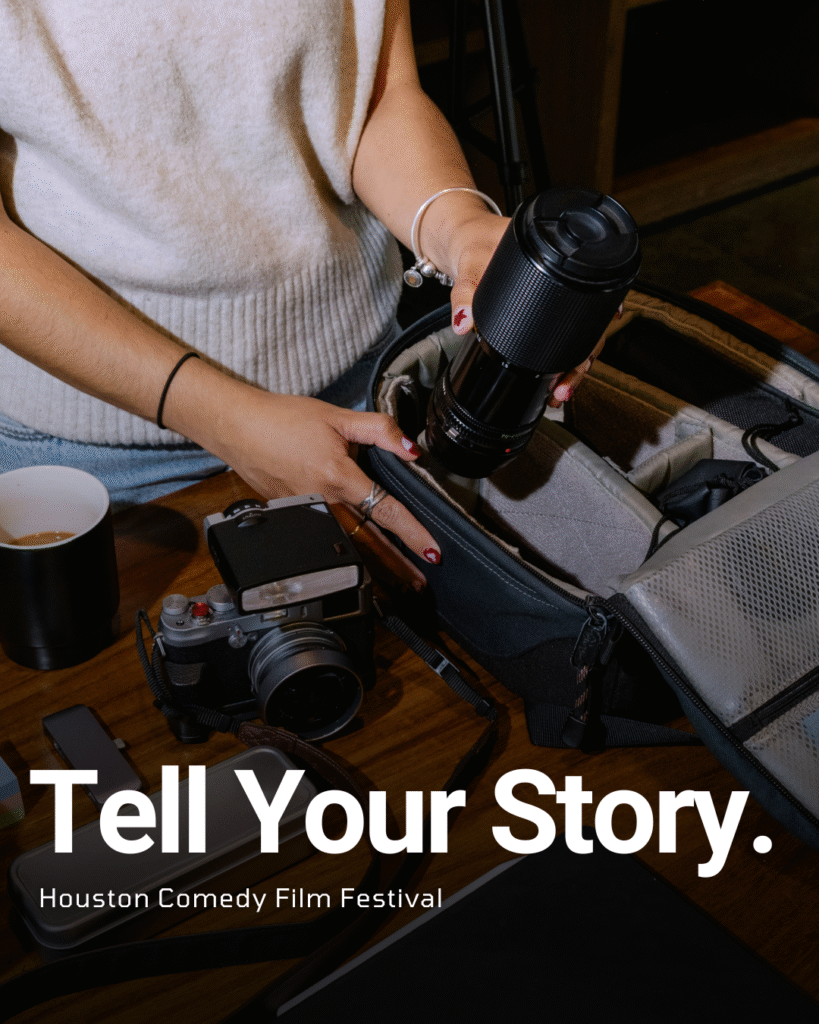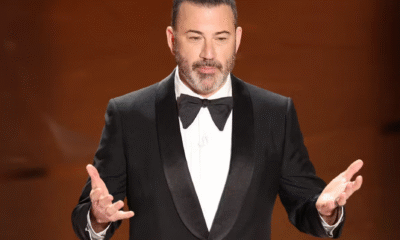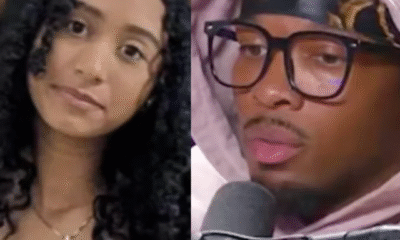Entertainment
Why Andrea Denver Kept Engagement News a Secret From ‘Summer House’ Cast on November 5, 2023 at 10:34 pm Us Weekly
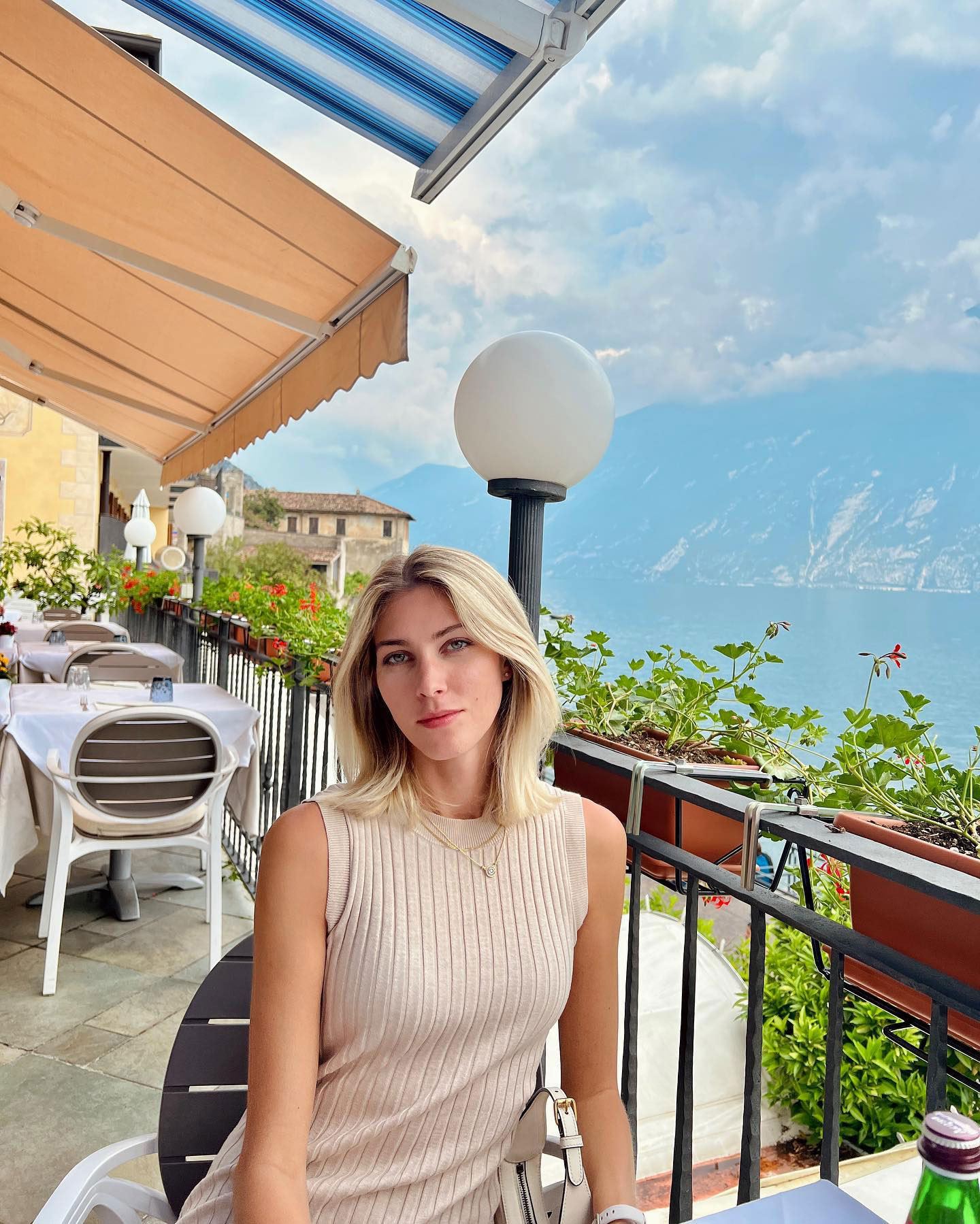
Summer House star Andrea Denver pulled off the perfect proposal for his now-fiancée, Lexi Sundin.
“It was really romantic. It was by the sea in Italy. It was during sunset,” Andrea, 32, exclusively told Us Weekly at BravoCon on Saturday, November 4. “She didn’t expect [anything]. It was in a really romantic spot and we also actually got some really good pictures because I [snuck] out a friend of mine, [who] is a photographer.”
Andrea further noted that Lexi, 28, was outside taking in the scenery when he got down on one knee. “She was crying [and] balling,” he told Us, adding that he set up bouquets of roses all around them.
Andrea popped the question about a “month and half” ago — and kept it secret from his Summer House costars until BravoCon. He revealed the news during the cast’s panel on Friday, November 3.
“It’s just something that I had a hard time sharing just because it’s something I think is really intimate,” Andrea explained to Us of deciding not to spill the beans before the convention. “But at the same time, I’m going to invite all my friends from Summer House [to the wedding]. They had to know at one point.”
Andrea and Lexi are now in the midst of planning their nuptials — and the invitations are going out “hopefully sooner [rather] than later.”
Andrea Denver Mindy Small/Getty Images
During the Summer House panel, costar Lindsay Hubbard advised Andrea not to cancel the wedding — as her ex-fiancé, Carl Radke, did in August.
“I hope so,” Andrea told Us when asked of his intentions to marry Lexi in response to Lindsay’s comments.
While Andrea is head over heels for his bride-to-be, he was admittedly surprised to see Lindsay, 37, and Carl, 38, call off their own wedding plans.
“Honestly, I was really shocked because I love them dearly. I spent so much time with them as a couple, with Lexi, and it was really heartbreaking,” Andrea told Us at the Las Vegas convention. “The most important thing is that they’re both going to be fine again and [hopefully] in the future, they’re going to be able to reconnect because they had such a solid and beautiful friendship for the years. It would be such a pity.”
Lexi Sundin Courtesy of Lexi Sundin/Instagram
He concluded: “Of course, it’s [a] really delicate moment and we love them, and we really support ’em and we hope for the best for the future.”
Summer House costar Chris Leoni, for his part, chimed in and revealed how the full picture will be revealed on season 8.
“I think that a lot of things can get lost in translation,” Chris, 31, told Us. “So between now until everyone sees the actual footage, there might be a lot of one side [vs.] another side, but once you see it, I think people … will get to understand it [and] hopefully, they can rekindle their relationship because we don’t like to see two good friends fight.”
With reporting by Christina Garibaldi
Summer House star Andrea Denver pulled off the perfect proposal for his now-fiancée, Lexi Sundin. “It was really romantic. It was by the sea in Italy. It was during sunset,” Andrea, 32, exclusively told Us Weekly at BravoCon on Saturday, November 4. “She didn’t expect [anything]. It was in a really romantic spot and we
Us Weekly Read More
Entertainment
California Bans AI Clones from Replacing Real Talent

California just made a dramatic stand for human creativity, defeating the threat of AI actor clones with a sweeping new law that puts people—not algorithms—back in the Hollywood spotlight. With the stroke of Governor Gavin Newsom’s pen in October 2025, the state has sent a clear message to studios, tech companies, and the world: entertainment’s heart belongs to those who create and perform, not to digital facsimiles.
California Draws a Hard Line: No More AI Clones
For months, the entertainment industry has been divided over the use of artificial intelligence in filmmaking. Studios, lured by promises of cost-cutting and creative flexibility, have invested in software that can mimic an actor’s face, voice, and even emotional range. But for performers, this wave of synthetic reproduction has triggered alarm—encouraged by chilling stories of deepfakes, unauthorized digital doubles, and contracts that let studios reuse a star’s likeness indefinitely, sometimes without pay or approval.
The new California law, anchored by AB 2602 and AB 1836, changes everything:
- Every contract must explicitly detail how studios can use digital replicas or voice models, preventing once-common “blank check” agreements that overlooked this risk.
- No one—not studios nor streaming giants—can create or release AI-generated clones of an actor, living or dead, without clear, written consent from the performer or their estate.
- The law gives families new powers to defend loved ones from posthumous deepfake exploitation, closing painful loopholes that once let virtual versions of late icons appear in new ads, films, or games.
Actors Celebrate a Major Victory
The legislation rides the momentum of the recent SAG-AFTRA strike, where real-life talent demanded control over their own digital destinies. Leaders say these protections will empower artists to negotiate fair contracts and refuse participation in projects that cross ethical lines, restoring dignity and choice in an industry threatened by silent algorithms.
Stars, unions, and advocacy groups are hailing the law as the most robust defense yet against unwanted AI replications.
As one actor put it, “This isn’t just about money—it’s about identity, legacy, and respect for real artists in a synthetic age.”
A New Chapter for the Entertainment Industry
California’s move isn’t just a victory for local talent—it’s a warning shot to studios everywhere. Companies will now be forced to rethink production pipelines, consult legal counsel, and obtain proper clearance before digitally cloning anyone. Global entertainment platforms and tech developers will need to comply if they want to do business in the world’s entertainment capital.

These laws also set a template likely to ripple through other creative fields, from musicians whose voices can be synthesized to writers whose work could be mimicked by generative AI. For now, California performers finally have a powerful shield, ready to fight for the right to shape their own public image.
Conclusion: Human Talent Takes Center Stage
With its no-nonsense ban on AI actor clones, California draws a bold line, championing the work, likeness, and very humanity of its creative stars. It’s a landmark step that forces the entertainment industry to choose: respect real talent, or face real consequences. The age of the consentless digital double is over—human performers remain the true source of Hollywood magic.
Entertainment
Chaos and Comedy: Darby Kingman’s “Camp Wackapoo: Rise of Glog”
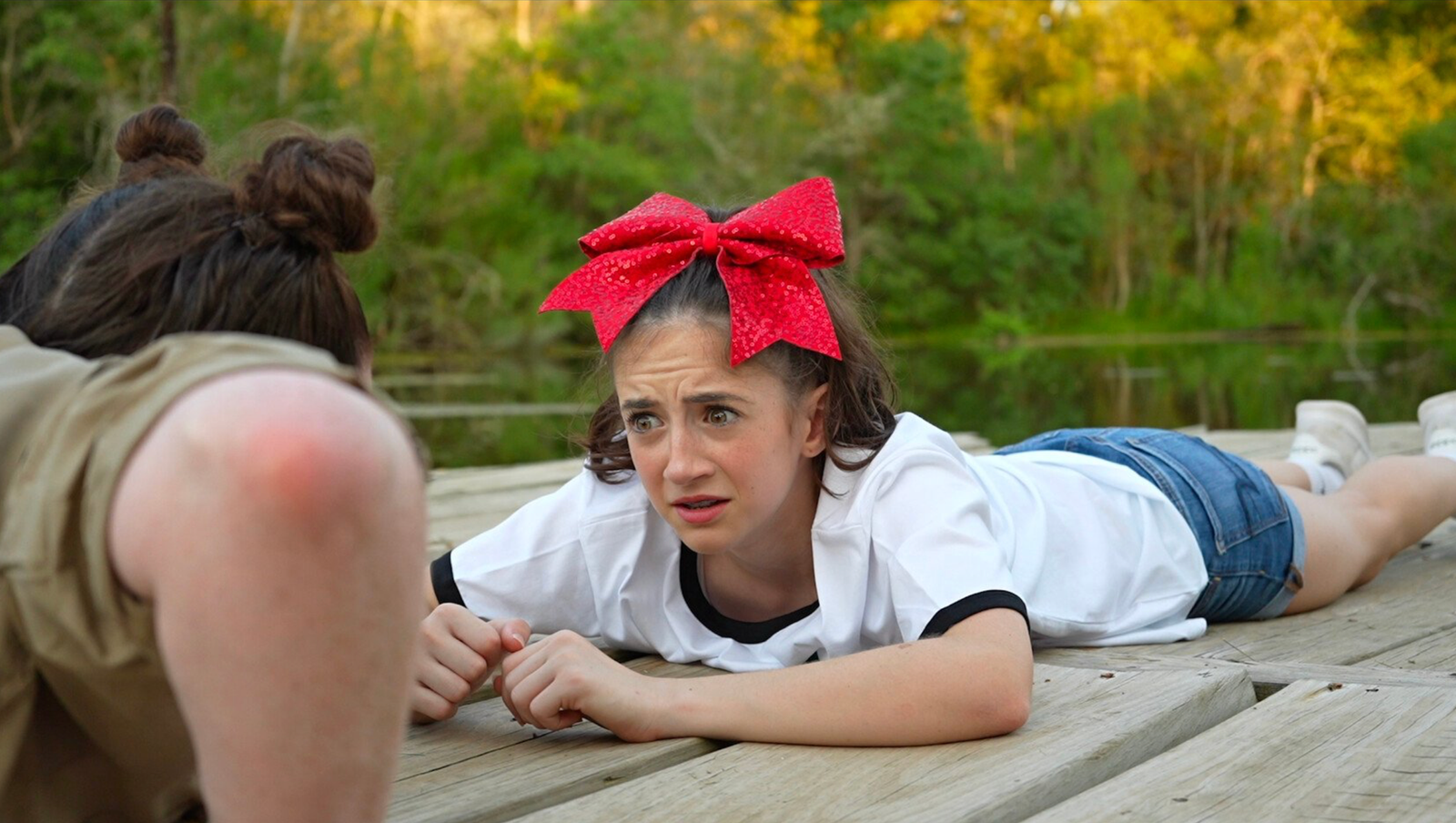
Darby Kingman’s “Camp Wackapoo: Rise of Glog” redefines summer camp comedy with a wild, energetic story about ambition, chaos, and the joy of embracing the unexpected. The film centers on a relentlessly competitive camp counselor who’s determined to finish first—only to face a motley crew of unruly campers and a summer unlike any other.
As Darby puts it, “Not everything is that deep. It really honestly was to make people laugh. She has all these kids that are not working with her and she’s just losing her mind. It’s crazy, silly, goofy, and it was a blast.”
What started as a simple scene for Darby’s acting reel evolved into a full-fledged film with encouragement from her mentor at Debbie Reynolds Acting School. Darby dove into every role—writing, directing, starring, and meticulously preparing each prop and costume. “Plan and prepare, but also be flexible and ready to be in the moment—that’s when the magic happens,” she advises.
Working with a handpicked cast of her own dance students, Darby built an atmosphere of real teamwork and camaraderie. She credits the “precious” energy of her young cast, her creative director of photography, and the overall spirit of her production team for turning the project into something bigger than herself. Her experience is an inspiring blueprint for indie filmmakers:
“Take initiative and control of your career. You can’t just sit around and wait for somebody to pick you. Figure out what you’re good at and go for it. Create something that brings joy to others.”
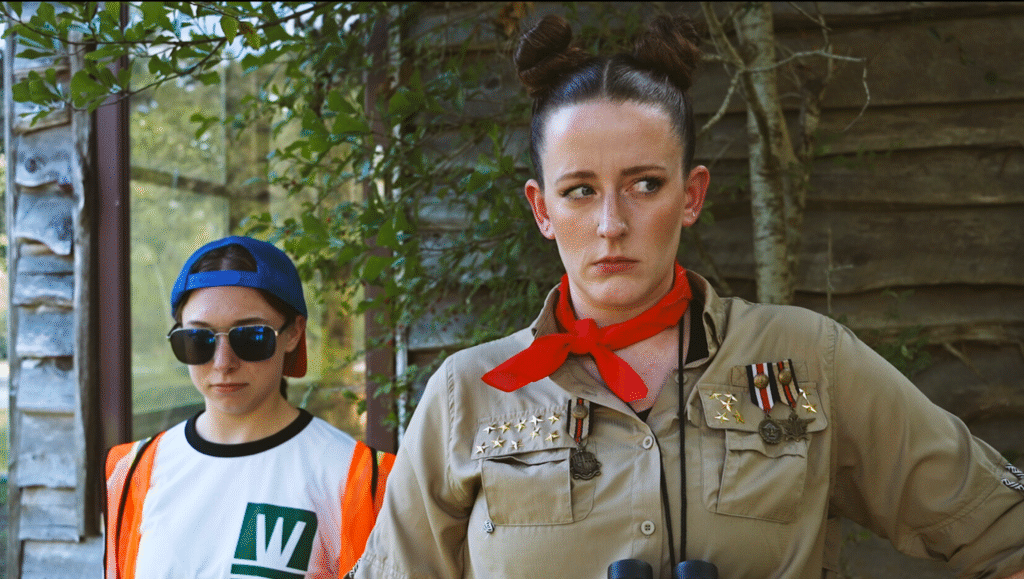
Her production motto? “Preparation is key, but you have to be ready to go with the flow—that’s when the magic happens.” Darby’s fearless creativity, focus on collaboration, and love for comedy shine throughout “Camp Wackapoo: Rise of Glog.” It’s more than just a camp satire—it’s a heartfelt testament to hard work, original humor, and leadership from the ground up: “People need to laugh right now. That’s a win.”
Catch “Camp Wackapoo: Rise of Glog” and experience Darby’s infectious energy and comic genius at the Deluxe Theatre on November 1, 2025. Get your tickets now at Houstoncomedyfilmfestival.com.
Entertainment
Diane Keaton Dies at 79
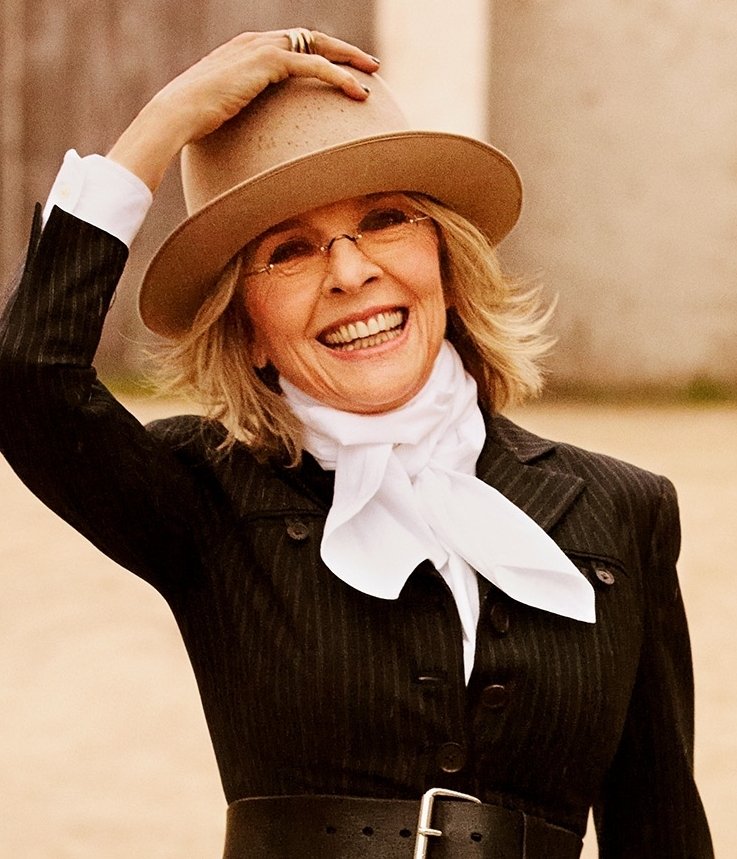
The world of film and entertainment is mourning the loss of Diane Keaton, an Oscar-winning actress renowned for her enduring talent, individuality, and influence on generations of performers and fans. Keaton died at the age of 79 in California on Saturday, October 11, 2025, her family confirmed. Details remain private, with her family requesting privacy as they grieve this profound loss.
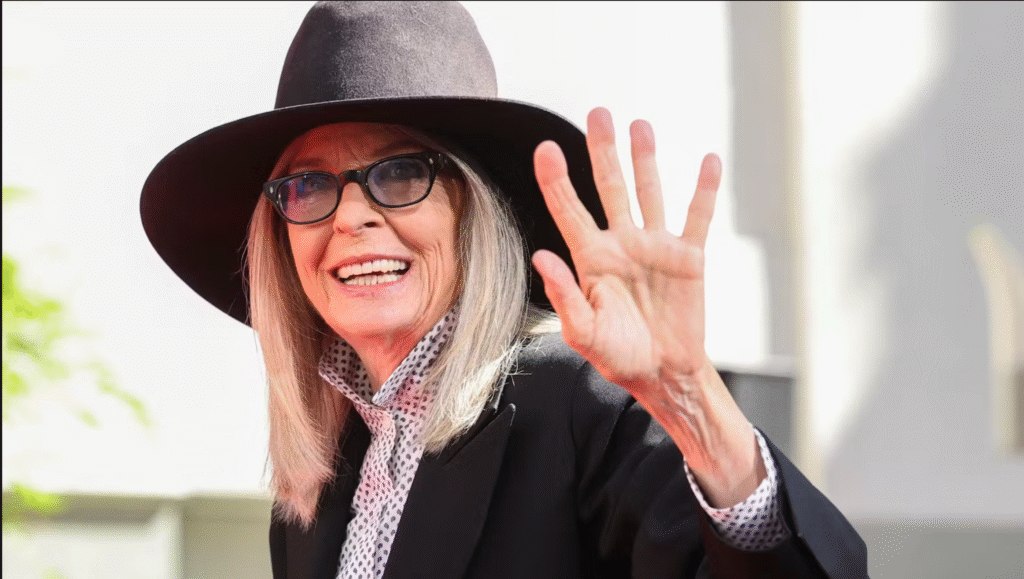
A Distinctive Talent
Diane Keaton rose to fame in the 1970s through a series of memorable roles, most notably as Kay Adams in “The Godfather” trilogy and as the quirky, unforgettable lead in Woody Allen’s “Annie Hall,” for which she won the Academy Award for Best Actress. Her performances in films like “The First Wives Club,” “Something’s Gotta Give,” and the “Book Club” series solidified her reputation as an actress with unique comedic timing and dramatic depth. Keaton was celebrated not only for her artistry but also for her androgynous fashion sense, characterized by menswear-inspired looks, hats, and an easy, effortless style that influenced generations.
Legacy and Tributes
Following the news of her passing, tributes poured in from Hollywood and beyond. Bette Midler, Goldie Hawn, and Jane Fonda were among the countless stars who expressed devastation and admiration for Keaton’s incomparable legacy. Hawn recalled their friendship and collaborations, writing: “Diane, we aren’t ready to lose you…you stole the hearts of the world and shared your genius with millions”. Midler echoed the sentiment, praising Keaton as “brilliant, beautiful, extraordinary” and a truly original presence in Hollywood.

Private Struggles and Final Months
Though fiercely independent and known for her openness, Keaton kept her declining health private in her final months. Friends and neighbors noticed her retreat from public life and social media, and she was recently seen less often in her Brentwood neighborhood. In the past, Keaton candidly discussed her ongoing battles with skin cancer and bulimia, openly advocating for personal health and authenticity.
Remembering Diane Keaton
Diane Keaton leaves behind a legacy defined by her fearless performances, unique style, and enduring influence on the arts. She is survived by her two children, Dexter and Duke. As Hollywood and her global fanbase mourn, her pioneering spirit and unmistakable voice will continue to inspire generations.

 Business3 weeks ago
Business3 weeks agoDisney Loses $3.87 Billion as Subscription Cancellations Surge After Kimmel Suspension

 Entertainment3 weeks ago
Entertainment3 weeks agoWhat the Deletion Frenzy Reveals in the David and Celeste Tragedy

 Entertainment4 weeks ago
Entertainment4 weeks agoABC Suspends ‘Jimmy Kimmel Live!’ Indefinitely After Kirk Remarks

 Entertainment3 weeks ago
Entertainment3 weeks agoExecutive Producer Debut: How Celia Carver Created Festival Hit ‘Afterparty’

 Business4 weeks ago
Business4 weeks agoThe Rise Of Bullsh*t Jobs: Why Gen Z Hates Work

 Film Industry4 weeks ago
Film Industry4 weeks agoCan Movie Theaters Steal the Show from Streaming?

 Health3 weeks ago
Health3 weeks agoRussia Claims 100% Success With New mRNA Cancer Vaccine

 News4 weeks ago
News4 weeks agoBody of Missing Teen Found in Tesla Linked to Musician D4vd





